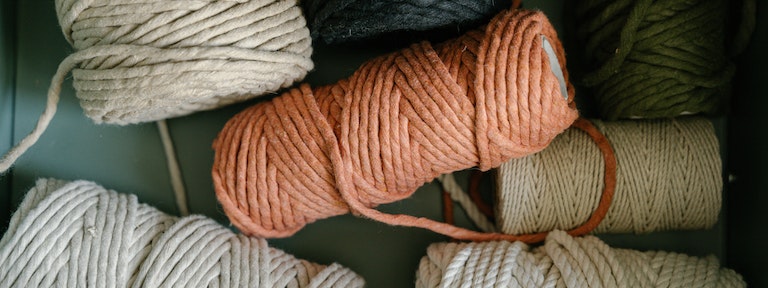
Introduction:
In a world driven by sustainability, innovative practices are transforming the way we perceive textiles. One remarkable trend is the recycling of clothes into yarn, a process that not only reduces waste but also offers a fresh perspective on eco-conscious crafting. In this blog, we’ll delve into the fascinating journey of turning clothes into yarn, and we’ll highlight how Gupta Fibres, renowned for their Recycled Yarn offerings, is making strides in this transformative field.
Recycling Clothes into Yarn: A Creative Process:
Collection and Sorting:
The process begins with the collection of old, worn, or discarded clothes. These textiles are then sorted based on their composition, texture, and color. This step is crucial to ensure the resulting yarn is consistent and of high quality.
Cutting and Shredding:
Once sorted, the clothes are meticulously cut and shredded into smaller pieces. This preparation is essential to break down the fabric into fibers that can be spun into yarn.
Fiber Extraction:
The shredded fabric is then further processed to extract fibers. This can be done through various methods, such as carding or combing, to align the fibers and remove impurities.
Spinning:
The extracted fibers are then spun together to create yarn. This process can involve twisting the fibers together to achieve the desired thickness and texture.
Gupta Fibres’ Role in Recycling Clothes into Yarn:
Gupta Fibres stands at the forefront of sustainable textile practices. Their Regenerated Yarn Range showcases the commitment to transforming discarded textiles into valuable resources. As leading Recycled Yarn manufacturers in India, Gupta Fibres plays a pivotal role in the process of recycling clothes into yarn. With expertise in Regenerated Cotton Yarn and Dyed Knitting Yarn for Recycled Fabric and Garment, they bring innovation and eco-consciousness to every thread.
Conclusion:
The journey of recycling clothes into yarn is a testimony to the power of creativity, innovation, and sustainability. Gupta Fibres’ dedication to the Regenerated Yarn Range exemplifies their role in this transformative process. As we witness the evolution of textiles, the simple act of repurposing clothes into yarn becomes a symbol of responsible crafting, reflecting our collective commitment to a greener future.
